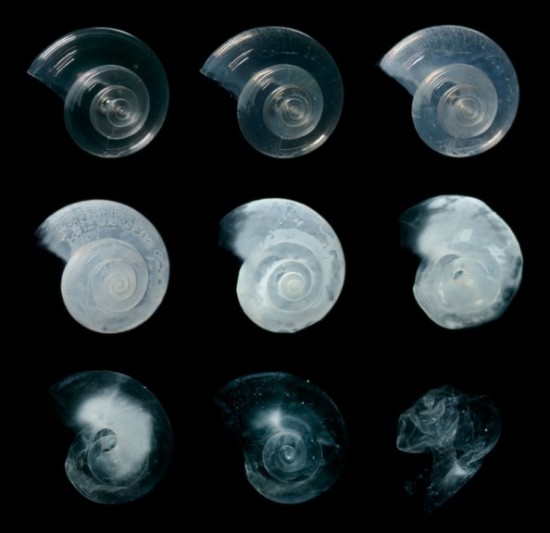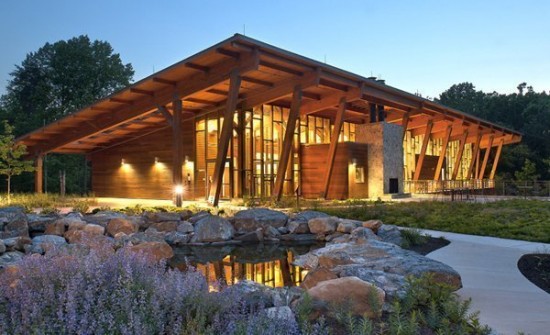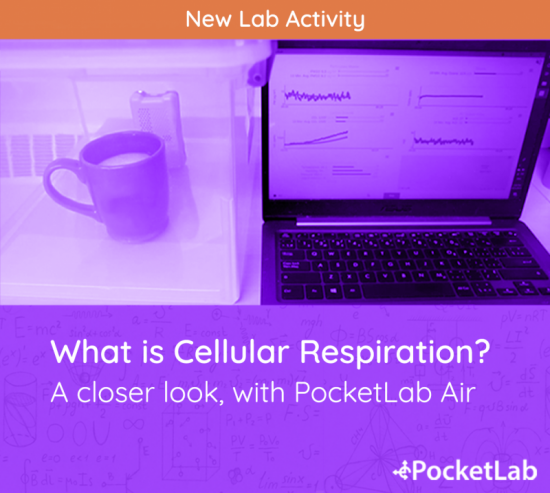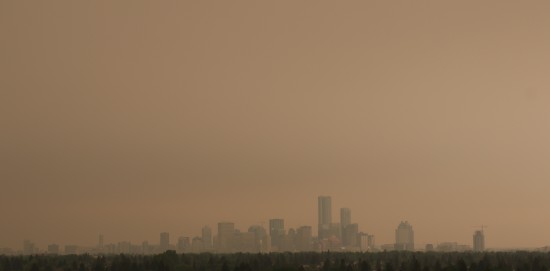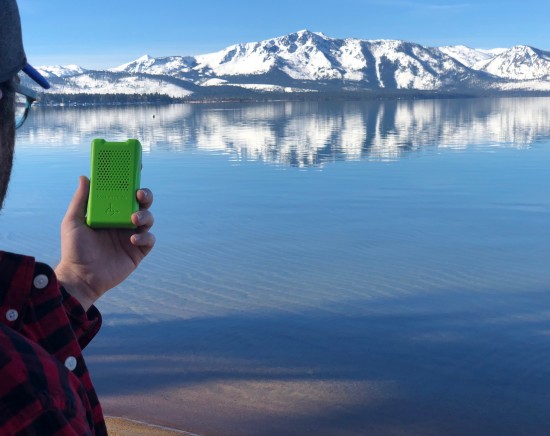What is Ocean Acidification? (K-MS)
Climate change is at the forefront of environmental concerns and it often revolves around carbon dioxide in the atmosphere and its effect on average temperature. However, carbon dioxide is not only increasing in the atmosphere but in the ocean as well. The source of this carbon dioxide is the much talked about atmospheric carbon dioxide, as carbon dioxide is soluble in water.


